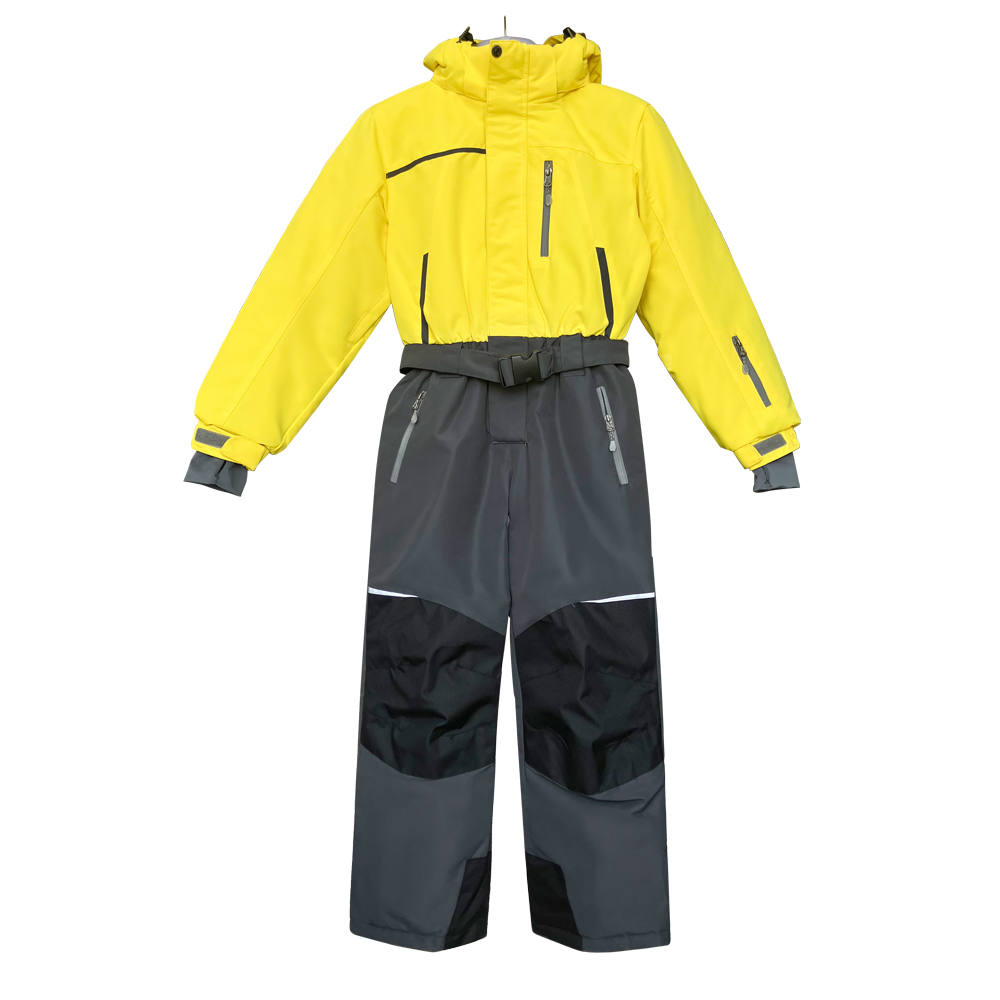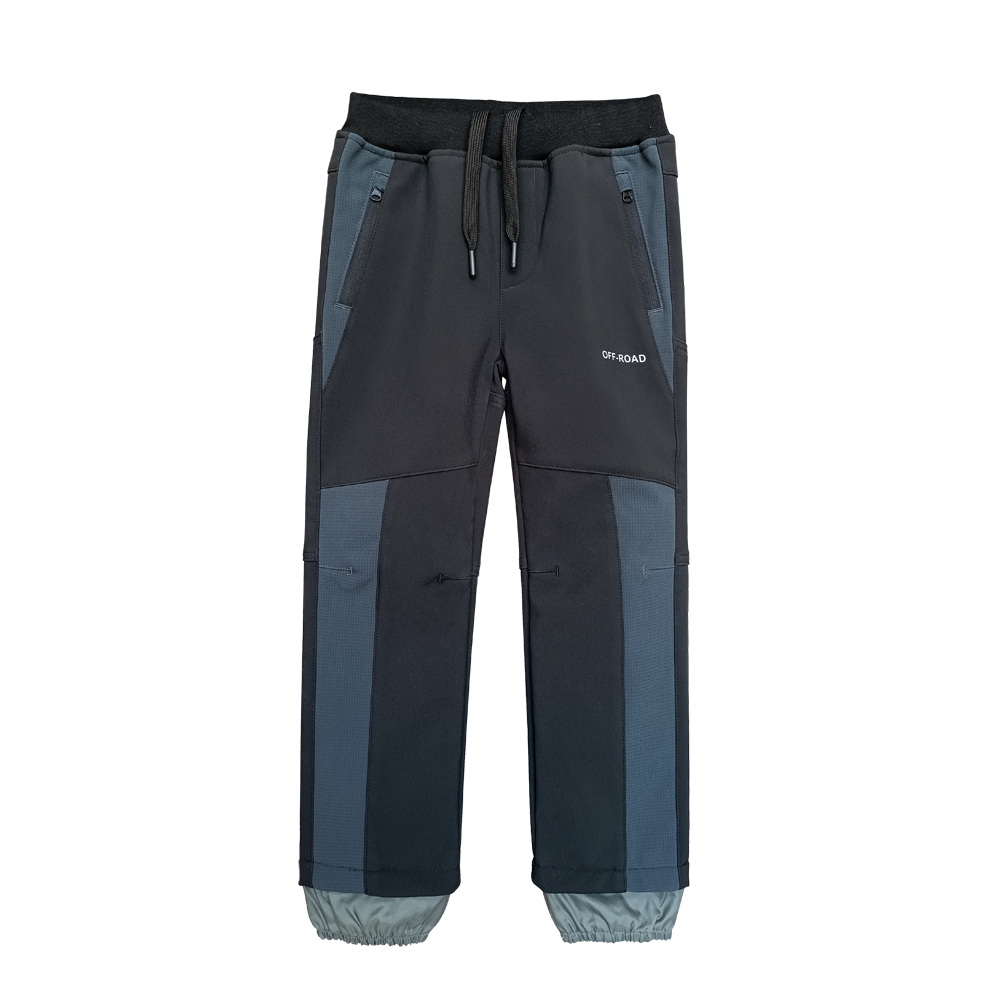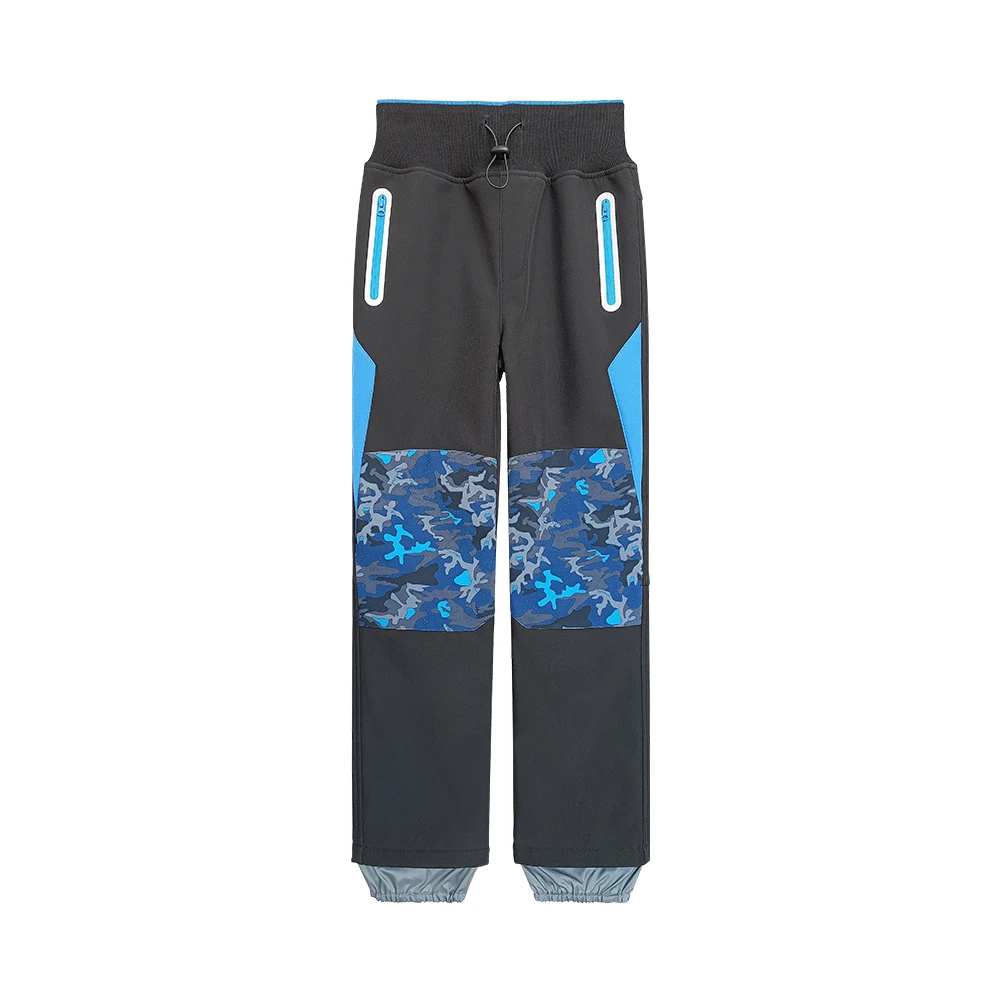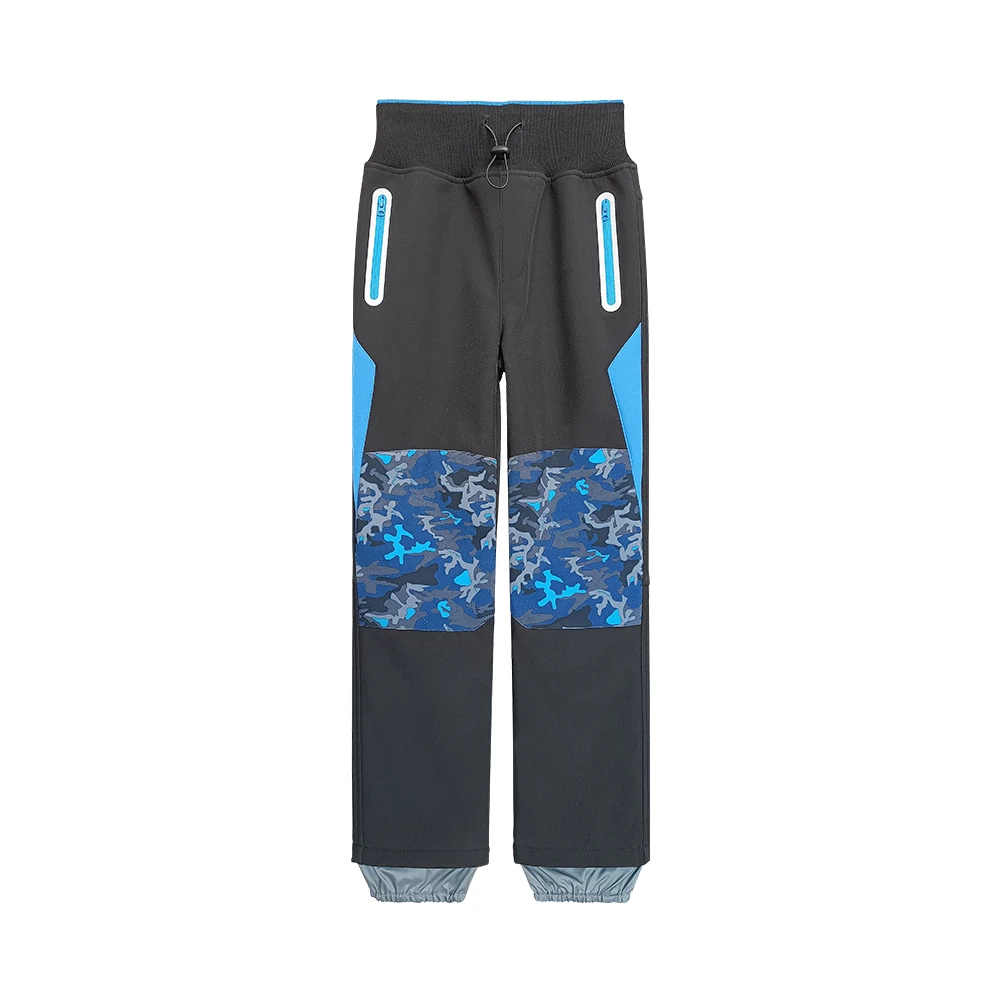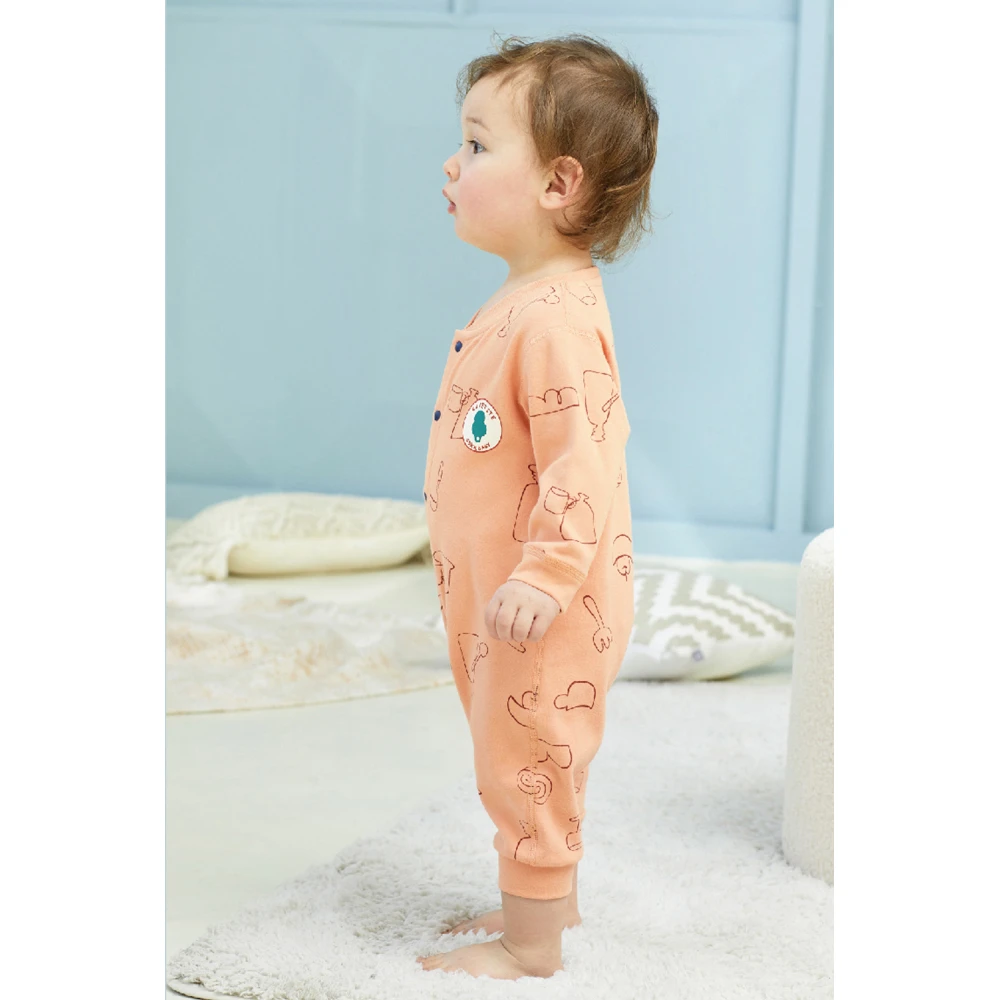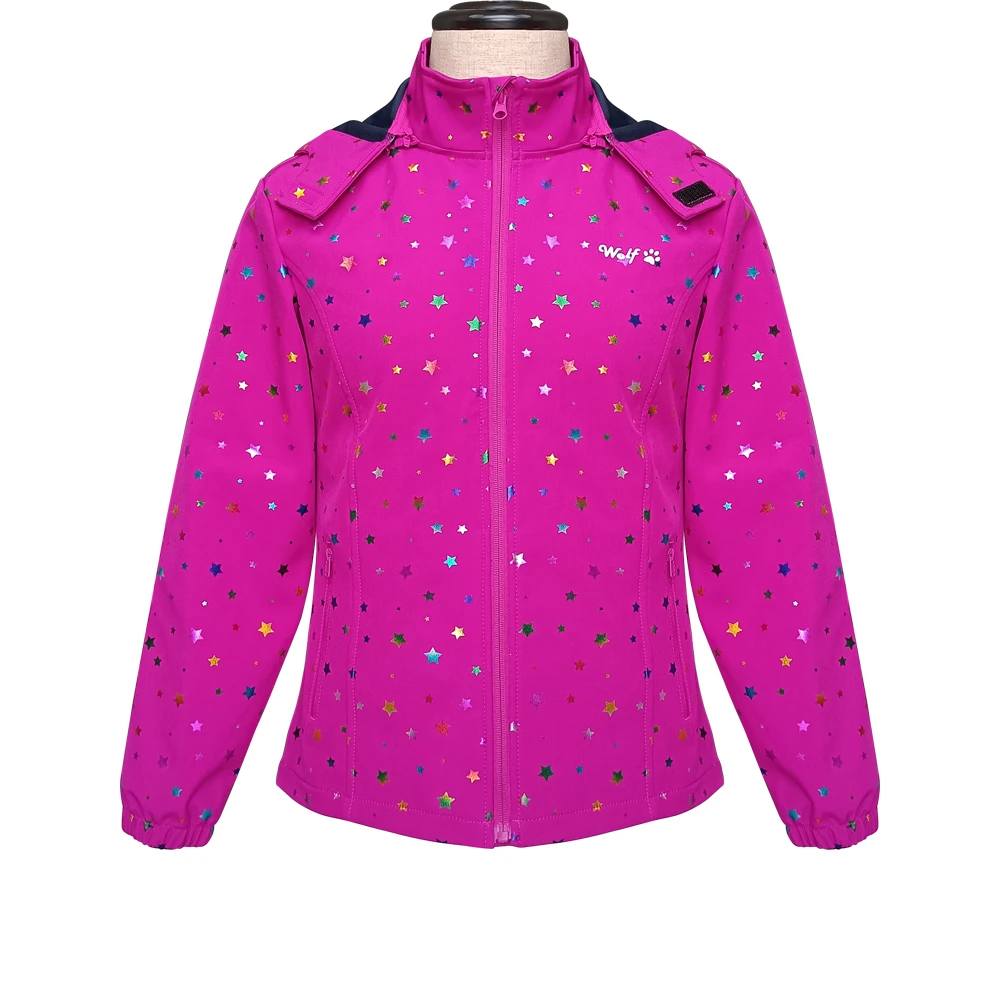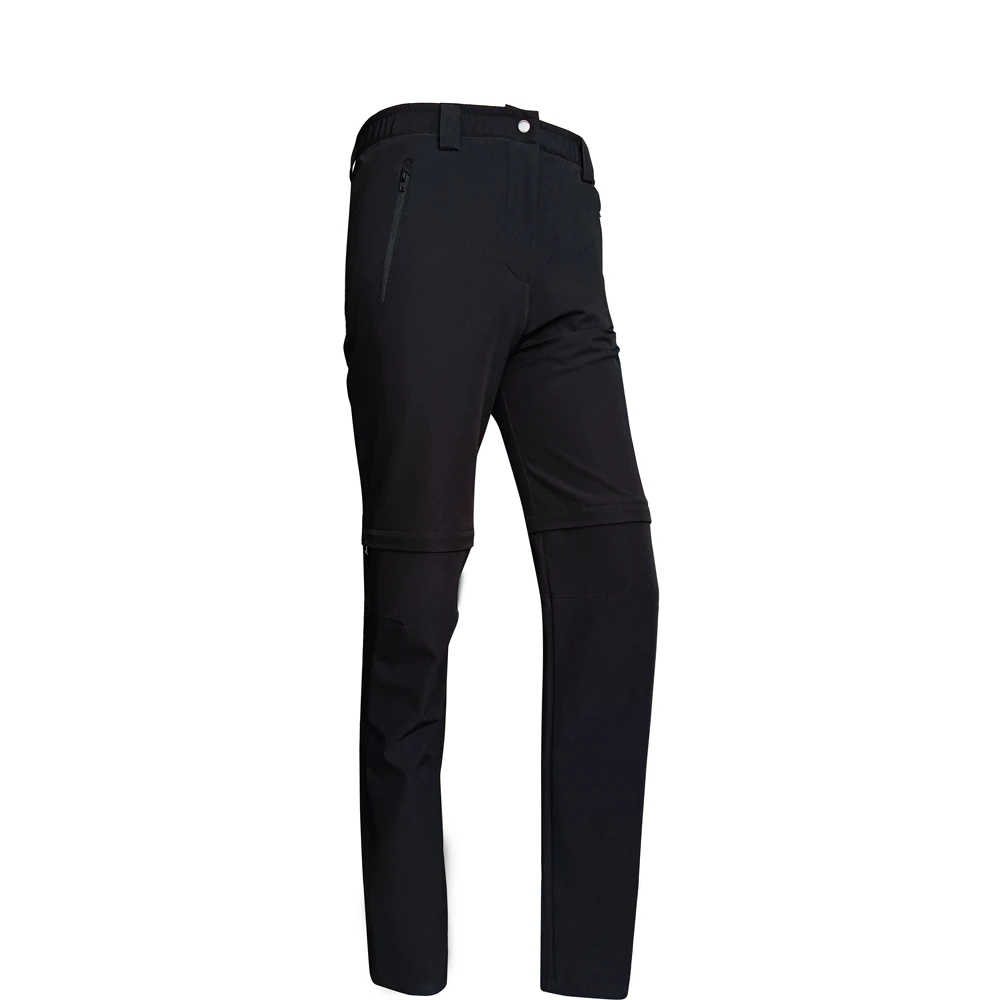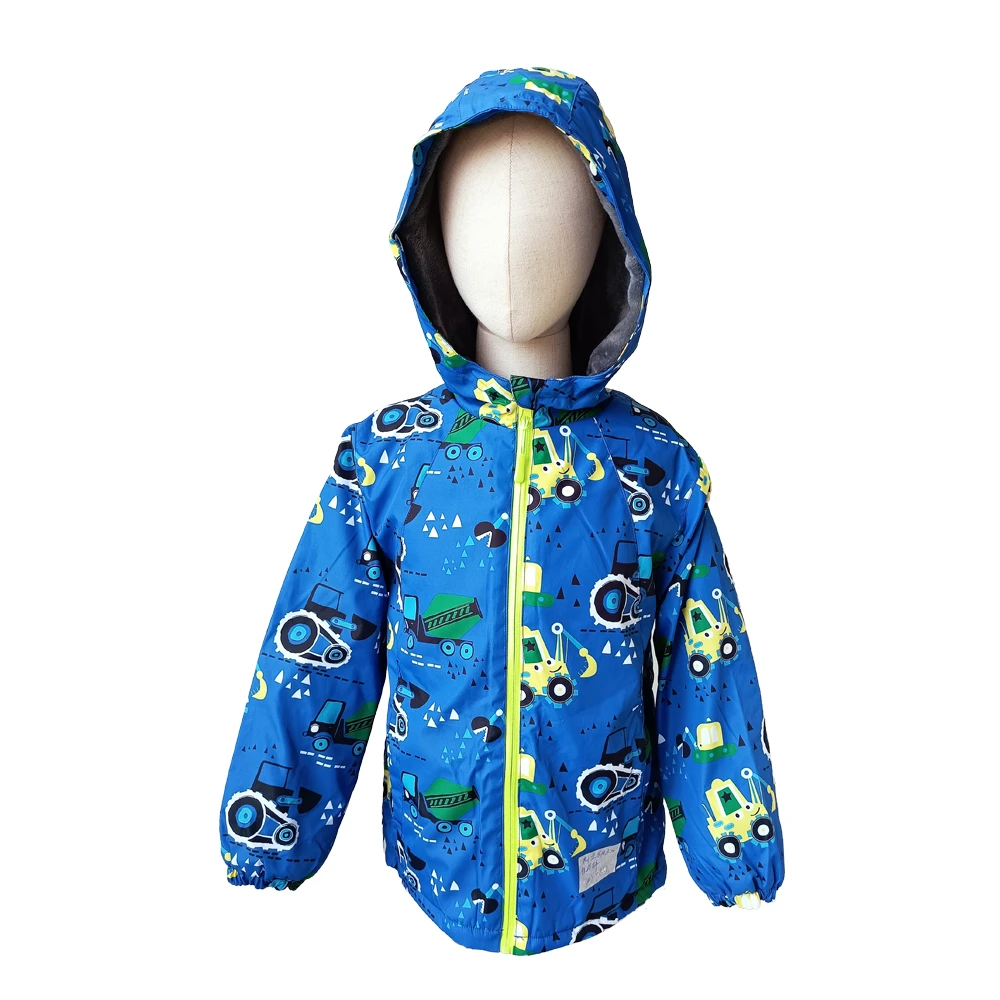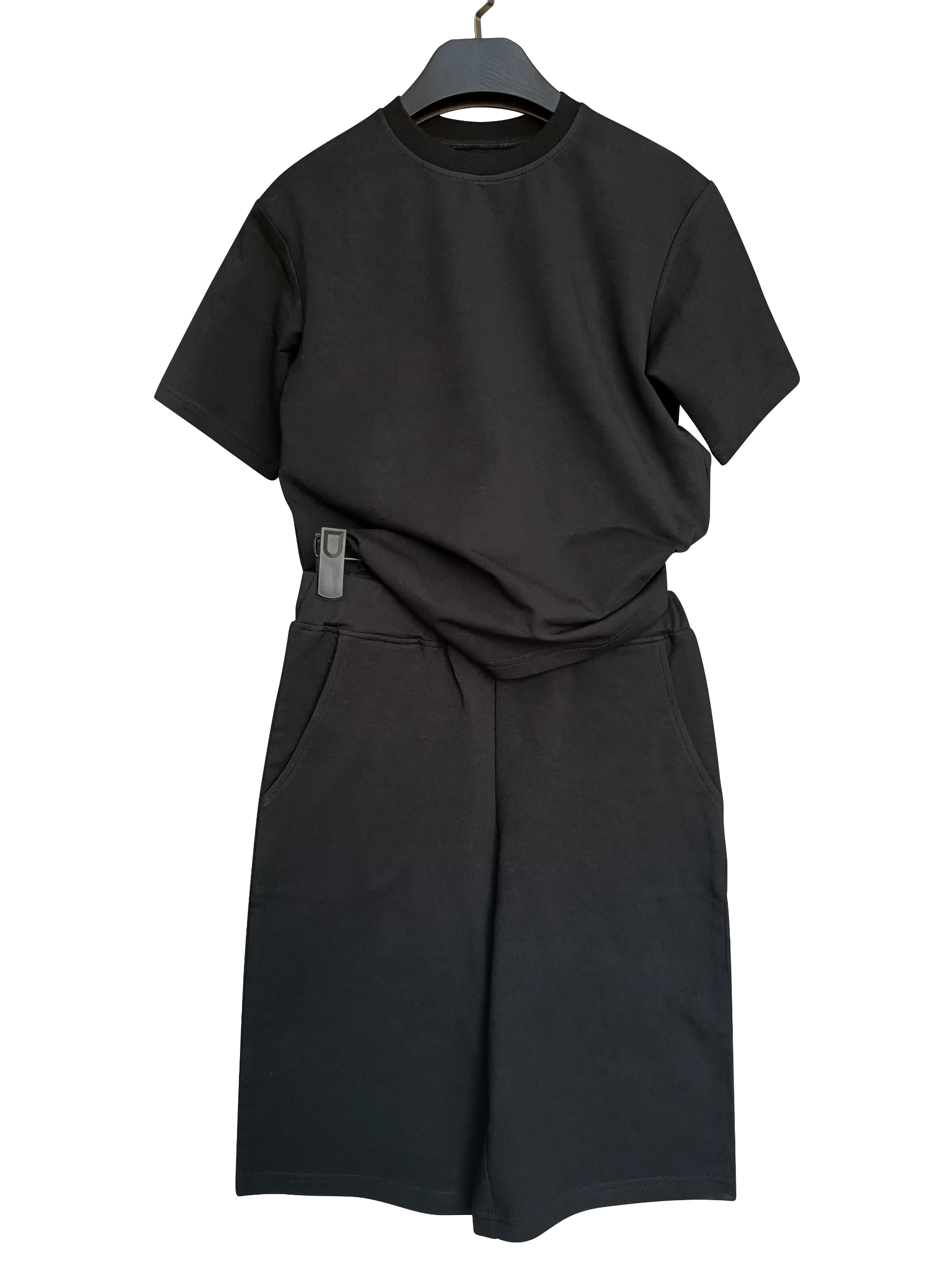The Evolution of Sportswear Functionality Meets Fashion
Sportswear has undergone a remarkable transformation over the years, evolving from simple, utilitarian clothing into a dynamic and multifaceted market segment that bridges the gap between athletic performance and everyday fashion. This evolution reflects not only advances in fabric technology and design but also a shift in lifestyle aspirations, making sportswear an essential part of modern wardrobes.
Historically, sportswear was primarily focused on functionality. Athletes required clothing that allowed for maximum mobility and breathability, leading to the use of materials like cotton and wool. Early 20th-century athletes wore gymnasium attire, which often consisted of loose-fitting shorts and tank tops. As sports became more commercialized and professionalized, the need for specialized gear emerged. This period marked the introduction of groundbreaking materials such as polyester and nylon, which offered improved durability, moisture-wicking properties, and lightweight comfort.
The Evolution of Sportswear Functionality Meets Fashion
The 1990s and early 2000s saw the advent of streetwear, which injected a new cultural dimension into sportswear. Influenced by hip-hop, skateboarding, and surf culture, brands began to merge athletic aesthetics with urban styles. Collaborations between sportswear companies and high-fashion designers further blurred the line, showcasing bold prints, oversized silhouettes, and expressive graphics. Sportswear was no longer confined to the gym; it became a statement of individuality, identity, and social status.
sports wear
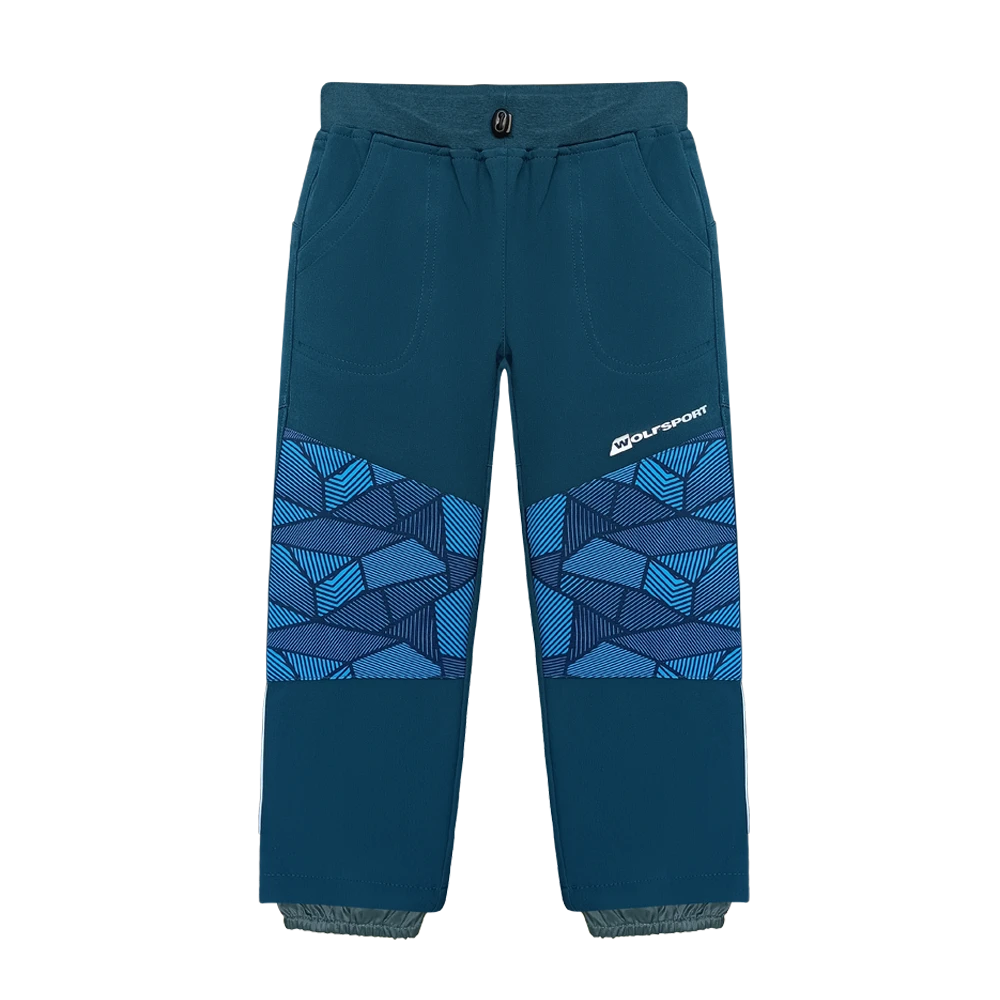
Today, the landscape of sportswear continues to evolve, driven by consumer demand for versatility and sustainability. Athleisure, a hybrid category that blends athletic wear with casual clothing, has gained immense popularity. Consumers seek outfits that seamlessly transition from workouts to everyday activities, prioritizing both comfort and style. Leggings, joggers, and sporty chic tops are now wardrobe staples for many, reflecting a growing acceptance of athletic attire in various social settings.
Moreover, the shift towards sustainability is reshaping the sportswear industry. With increasing awareness of environmental issues, brands are exploring eco-friendly materials and ethical production practices. Recycled fabrics, organic cotton, and transparent supply chains are gaining traction, appealing to eco-conscious consumers. This trend not only addresses environmental concerns but also elevates the brand image, attracting a demographic increasingly concerned with corporate responsibility.
The rise of technology has also impacted sportswear, with innovations such as moisture-wicking fabrics, temperature regulation, and even smart textiles that monitor biometric data. Wearable technology, including fitness trackers and smart clothing, further blurs the lines between fashion and function, enabling consumers to take control of their health and fitness like never before.
In conclusion, the journey of sportswear from basic athletic garments to a significant player in the global fashion industry illustrates the interplay between functionality and aesthetics. The current landscape, characterized by versatility, sustainability, and technological integration, highlights a broader cultural shift toward health-conscious, active lifestyles. As we move forward, it will be exciting to see how sportswear continues to evolve, shaping not only the way we dress but also the way we perceive fitness and identity in our everyday lives.


